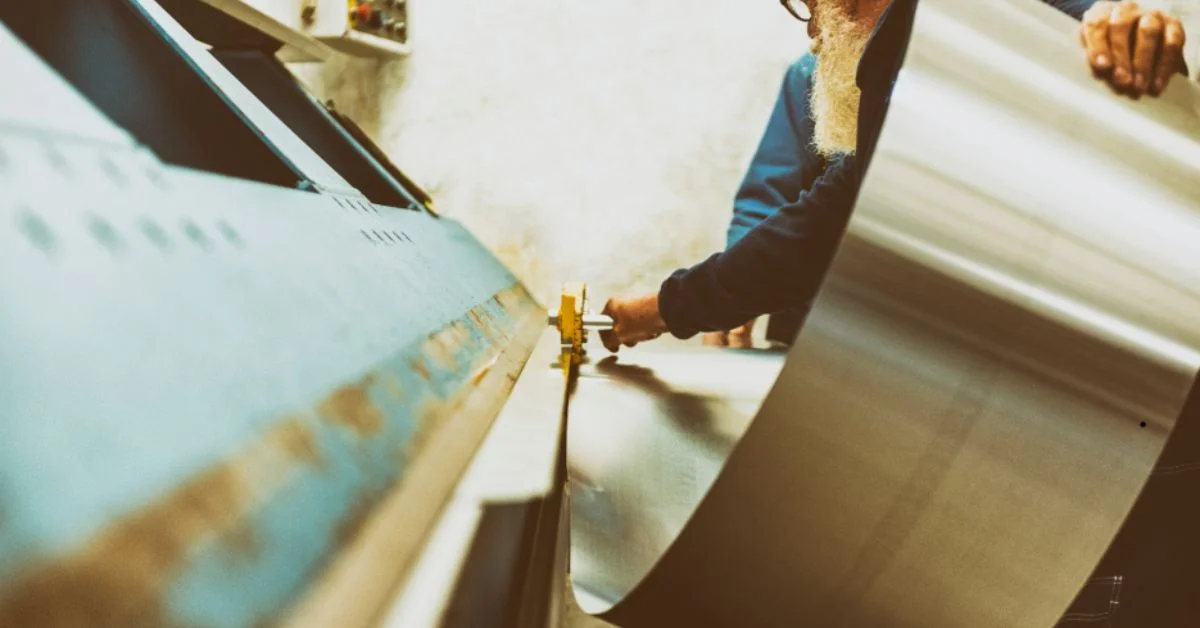Bending aluminum sheets is a valuable skill for DIY enthusiasts and professionals working on custom projects. Whether you’re creating architectural designs, crafting vehicle components, or working on home improvements, understanding how to bend aluminum sheets efficiently is crucial. This guide covers everything you need to know about How to bend the aluminum sheet.
Why Bend Aluminum Sheets?
Aluminum sheets are lightweight, durable, and corrosion-resistant, making them ideal for various applications. Bending them allows you to:
- Create custom shapes and structures.
- Develop unique designs for industrial or artistic projects.
- Optimize material use by reducing the need for additional components.
Tools and Materials You’ll Need
To achieve precise bends, gather the following tools:
Essential Tools
- Sheet Metal Brake: A machine designed for clean, precise bends.
- Clamps: To secure the sheet in place during bending.
- Rubber Mallet: For gentle adjustments without damaging the surface.
Optional Tools
- Heat Gun: For softening thicker sheets to prevent cracking.
- Bending Bars: For making complex shapes.
Materials
- Aluminum sheets (thickness depending on your project).
- Protective gloves and safety glasses.
Step-by-Step Guide to Bending Aluminum Sheets
1. Measure and Mark the Bend Line
Use a ruler and a marker to draw a precise line where you want the bend. A straightedge can help ensure accuracy.
2. Choose the Right Tool for the Job
- For simple bends, use a clamp and a sturdy surface.
- For professional-grade results, use a sheet metal brake.
3. Secure the Aluminum Sheet
Place the sheet on a flat surface or in the brake. Use clamps to keep it firmly in place to avoid movement during bending.
4. Apply Even Pressure
- Slowly bend the sheet along the marked line.
- Use a rubber mallet to fine-tune the bend for minor adjustments.
5. Heat the Sheet for Complex Bends (Optional)
For thicker sheets or tight curves, use a heat gun to warm the aluminum slightly. Be cautious not to overheat, as this can weaken the material.
6. Check the Angle
Use a protractor or angle gauge to ensure your bend is precise. Make small adjustments as needed.
Tips for Achieving the Perfect Bend
- Choose the Right Thickness: Thinner sheets are easier to bend, while thicker ones may require more force or specialized tools.
- Avoid Overbending: Gradual bends prevent cracks or material fatigue.
- Use Protective Covering: Place a soft cloth between the mallet and sheet to avoid scratches.
Common Mistakes to Avoid
- Skipping Measurements: Inaccurate markings lead to uneven bends.
- Applying Excessive Force: This can crack or warp the aluminum.
- Using Incorrect Tools: Improper tools may damage the sheet or cause imprecise results.
FAQs About Bending Aluminum Sheets
Q: Can I bend aluminum sheets by hand?
A: Yes, but it’s best for thinner sheets. Use tools for better precision with thicker materials.
Q: How do I prevent aluminum from cracking during bending?
A: Apply gradual pressure and use a heat gun for thicker sheets.
Q: What’s the ideal aluminum thickness for bending?
A: Sheets between 0.5mm and 2mm are generally easier to bend without specialized equipment.
Conclusion
Mastering the art of bending aluminum sheets unlocks countless possibilities for creative and practical projects. By following the proper techniques and using the right tools, you can achieve precise bends and enhance your work’s quality. Start practicing today, and soon you’ll be bending aluminum like a pro!
If you find this artice helpful, click here for more.









